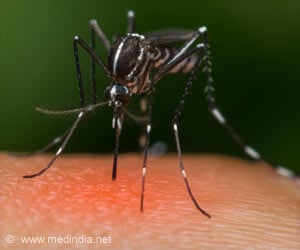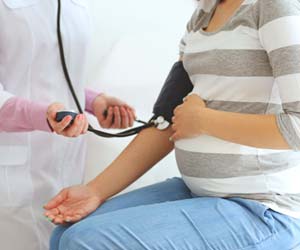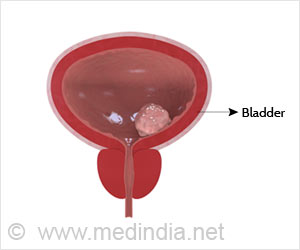Every year, 25th April is observed as the world malaria day which aims at preventing and spreading awareness about the deadly disease.
- Every year, the 25th of April is marked as the World Malaria Day
- In 2018, the theme for World Malaria Day is ‘Ready to Beat Malaria’
- Let us join hands to work towards a world, free of malaria.
Malaria
Malaria is a mosquito-borne disease caused by a Plasmodium parasite. The parasite is picked up by mosquitoes and transferred to people, when that mosquito bites a person. The mosquito thus transmits the disease. The most common symptoms of malaria include fever, chills, and flu-like illness. The disease is usually fatal, if left untreated. In 2016, an estimated 216 million cases of malaria occurred worldwide and 445,000 people died, mostly children in the African Region.World Malaria Report 2017
The World Malaria Report 2017 shows that while there has been an unprecedented period of success in malaria control, no progress has been seen thereafter. In 2016, there were an estimated 216 million cases of malaria, an increase of about 5 million cases over 2015. Deaths reached 445 000, a similar number to the previous year.Challenges to Malaria Elimination:
- Lack of sustainable and predictable international and domestic funding
- Risks posed by conflict in malaria endemic zones
- Anomalous climate patterns
- The emergence of parasite resistance to antimalarial medicines
- Mosquito resistance to insecticides
Currently, countries with ongoing transmission fall into one of two categories: those moving towards elimination and those with a high burden of the disease that have reported significant increases in malaria cases.
Without urgent action, the major gains that we have achieved as a community in the fight against malaria will be under threat. On this World Malaria Day organizations like the WHO call for greater investment and expanded coverage of proven tools that prevent, diagnose and treat malaria.
Preventing Malaria at Home
There are a number of ways in which you could help:
- Keep your homes clean and mosquito-free by using mosquito repellents
- Avoid stagnant water, as they are breeding grounds for mosquitoes
- Use body mosquito sprays to protect yourself from mosquito bites
- Sleep inside mosquito preventing nets
- Keep your surroundings clean and sewage and garbage free
- In high prevalence areas, get vaccinated
- Immediately visit the doctor, if you see early malaria symptoms like fever
- Tell your friends and family
- Spread information on malaria prevention and management
- World Malaria Day 2018: Ready to beat malaria - (http://www.who.int/campaigns/malaria-day/2018/event/en/)
- Malaria - (https://www.cdc.gov/malaria/index.html)













